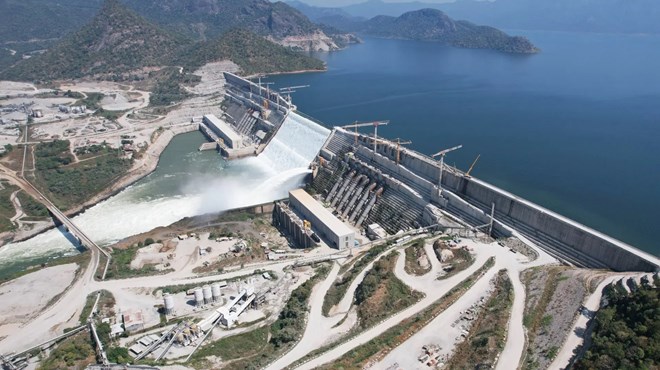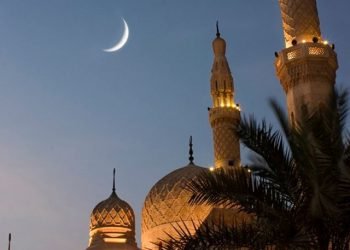After outsmarting Egypt diplomatically for over a decade, Ethiopia is poised to officially inaugurate the Grand Ethiopian Renaissance Dam (GERD), one of the world’s largest dams, on the Blue Nile River.
This monumental project, costing around $5 billion, has sparked both national pride and regional tensions.
The dam’s reservoir, roughly the size of Greater London, will significantly impact the Nile’s water flow, raising concerns in Egypt about potential water shortages.
The GERD has become a symbol of Ethiopian nationalism, uniting a nation often divided along ethnic lines.
Ethiopians funded the dam’s construction through bonds and contributions, fostering a sense of collective ownership. The dam is expected to meet Ethiopia’s energy needs, provide “energy hegemony,” and boost foreign currency earnings.
Ethiopia plans to increase electricity sales to neighboring countries like Kenya and Djibouti, with ambitions to export a transmission network across the Red Sea to Middle Eastern states.
However, Egypt fears the dam could sharply reduce the Nile’s water flow, causing water shortages. Egyptian geologist Professor Abbas Sharaky warns that the dam’s 64 billion cubic meters of stored water will significantly impact Egypt’s 55.5 billion cubic meters average annual share.
Egypt has taken steps to find alternative water sources, including building the world’s largest water treatment plant and drilling over 5,000 wells.
The dispute between Ethiopia and Egypt is rooted in a colonial-era treaty guaranteeing Egypt 80% of the Nile’s waters.
Ethiopia’s successful construction of the GERD has shifted the balance of power, with Ethiopia now projecting power while Egypt’s fortunes have declined.
As the dam’s inauguration approaches, tensions remain high.
Egyptian Foreign Minister Badr Abdelatty has stepped up rhetoric against the dam, calling water security a “red line” and an “existential threat” to the North African state. Despite this, Professor Sharaky rules out war with Ethiopia, emphasizing the need for negotiations.









